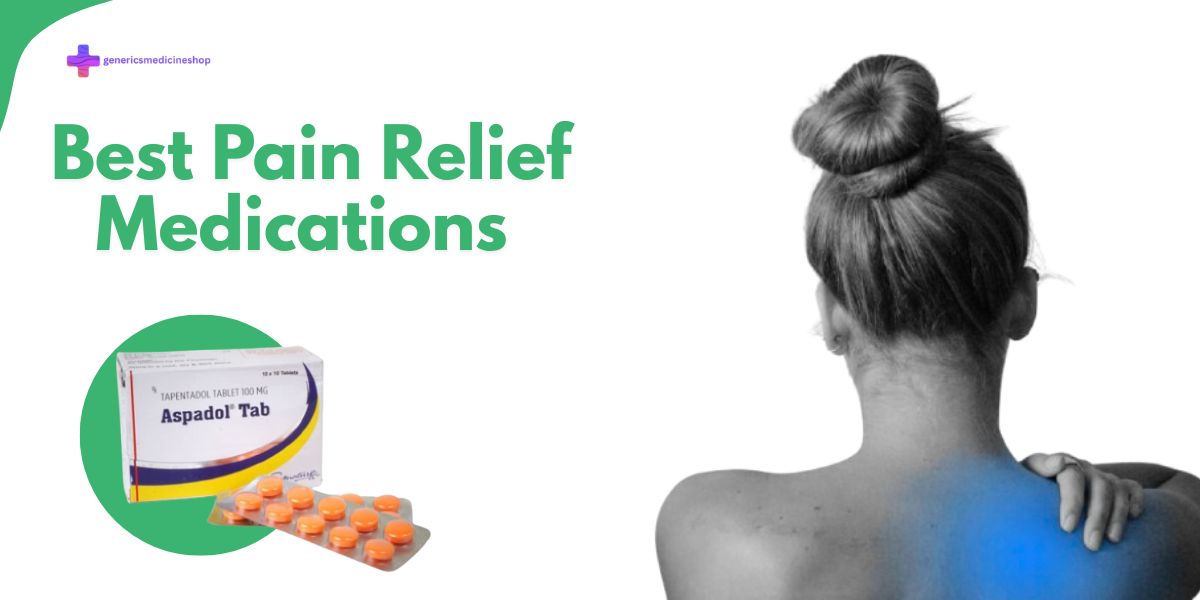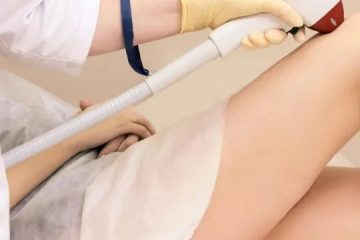Back pain is one of the most common health issues affecting millions of people worldwide. Whether it’s a dull ache or a sharp, shooting pain, it can interfere with your daily life, work, sleep, and overall well-being. From young adults with sedentary lifestyles to older individuals with degenerative spine conditions, back ache can strike anyone at any time.
What Is Back Pain?
Back pain refers to discomfort or pain felt in the upper, middle, or lower back. It can be acute (short-term) or chronic (long-term) and may range from a mild nuisance to a disabling condition.
- Acute back pain: Lasts a few days to weeks, usually due to injury or muscle strain.
- Chronic back ache: Persists for more than 12 weeks, often involving structural issues or nerve problems.
Common Causes of Back Pain
Understanding the root cause is essential for effective treatment. Here are the most common reasons why people experience back discomfort:
1. Muscle or Ligament Strain
Heavy lifting, sudden awkward movements, or poor posture can strain muscles and ligaments in the back.
2. Herniated or Bulging Discs
Discs act as cushions between spinal vertebrae. When one bulges or ruptures, it can press on a nerve, causing intense pain.
3. Degenerative Disc Disease
As we age, the discs in our spine naturally wear down, leading to chronic lower back discomfort and stiffness.
4. Sciatica
This condition occurs when the sciatic nerve is compressed, often by a herniated disc. It causes shooting pain from the lower back down to the legs.
5. Spinal Stenosis
A narrowing of the spinal canal that puts pressure on the spinal cord and nerves, causing numbness, weakness, and pain.
6. Scoliosis
An abnormal curvature of the spine that can cause uneven stress and chronic discomfort.
7. Infections and Diseases
Conditions like osteoporosis, arthritis, kidney infections, or even cancer can contribute to severe back pain.
Symptoms of Back Pain
back ache symptoms can vary depending on the cause and location:
- Dull or aching pain in the lower back
- Sharp or stabbing pain, especially during movement
- Pain radiating down the legs (sciatica)
- Muscle stiffness or tightness
- Difficulty standing straight
- Numbness, tingling, or weakness in the legs
If you experience loss of bladder/bowel control, fever, or unexplained weight loss, seek medical help immediately — these could be signs of a serious condition.
Who Is at Risk for Back Pain?
Several factors increase the risk of developing back discomfort:
- Age: Risk increases after 30–40 years.
- Occupation: Jobs involving heavy lifting or long sitting hours.
- Lifestyle: Lack of exercise and poor posture.
- Weight: Obesity puts extra strain on the spine.
- Smoking: Reduces blood flow to spinal discs.
- Medical conditions: Arthritis, depression, or anxiety.
How Is Back Pain Diagnosed?
A proper diagnosis is key to treatment. Your doctor may recommend:
1. Physical Examination
To check for pain location, range of motion, and nerve function.
2. Imaging Tests
- X-rays: Identify bone issues like fractures or arthritis.
- MRI/CT scans: Provide detailed views of soft tissues, discs, and nerves.
- Bone scans: Check for bone diseases or infections.
3. Blood Tests
Used to detect infections or underlying conditions like autoimmune diseases.
back discomfort Treatment Options
Treatment depends on the severity and cause. Many cases of mild back ache improve within a few weeks using conservative methods.
1. Medications for back ache Relief
a. Pain Relievers
- NSAIDs like ibuprofen or naproxen reduce inflammation and pain.
- Acetaminophen for mild pain relief.
b. Muscle Relaxants
Prescribed for muscle spasms and tightness.
c. Tapentadol-Based Medications
Aspadol 100 mg is a strong pain reliever used for moderate to severe back discomfort. It works by altering how the body responds to pain, providing fast and lasting relief.
Note: Always use medications under a doctor’s guidance.
d. Antidepressants or Anti-Seizure Drugs
Useful in treating chronic nerve-related back discomfort.
2. Physical Therapy
A licensed physiotherapist can guide you through:
- Strength-building exercises
- Stretching routines
- Postural training
- Heat and cold therapy
- Ultrasound or electrical stimulation
3. Lifestyle Changes
Adopting healthier habits can significantly reduce back discomfort and prevent recurrence:
- Maintain a healthy weight
- Improve posture while sitting and standing
- Avoid prolonged inactivity
- Sleep on a firm mattress
- Use ergonomic furniture
- Practice safe lifting techniques
4. Alternative Treatments
a. Chiropractic Care
Spinal adjustments can improve alignment and relieve pressure.
b. Acupuncture
Inserting thin needles into pressure points may relieve tension and pain.
c. Massage Therapy
Relaxes tight muscles and improves circulation.
d. Yoga & Pilates
Enhances flexibility, core strength, and posture.
5. Surgical Options
Surgery is typically the last resort, used only when:
- Non-surgical treatments fail
- There’s nerve compression causing severe symptoms
- There’s structural damage to the spine
Common procedures include:
- Discectomy
- Laminectomy
- Spinal fusion
- Artificial disc replacement
How to Prevent Back Pain
Prevention is always better than cure. Here are some simple tips:
- Exercise regularly – Focus on your core and back muscles.
- Lift properly – Bend your knees, not your back.
- Stay flexible – Stretch daily to prevent stiffness.
- Avoid smoking – Smoking contributes to spinal degeneration.
- Adjust your workspace – Use ergonomic chairs and standing desks.
When to See a Doctor
Seek immediate medical attention if your back ache:
- Lasts more than a few weeks
- Is accompanied by weakness or numbness
- Follows a fall or injury
- Involves bladder/bowel problems
Early treatment can prevent complications and help you recover faster.
back discomfort Myths You Should Stop Believing
❌ Rest Is Always Best
Too much bed rest can worsen your condition. Gentle movement aids healing.
❌ All back discomfort Means Surgery
Most cases resolve without surgical intervention.
❌ Only Older People Get Back Pain
Even teenagers and young adults can suffer from posture-related or sports injuries.
❌ Heavy Exercise Causes Pain
With the right form, exercise strengthens your back and prevents pain.
Final Thoughts: Take Your Back Health Seriously
Back discomfort can be a minor annoyance or a major disability — but either way, it should not be ignored. By understanding the causes, adopting a healthy lifestyle, and choosing the right treatment, you can find lasting relief. Medications like Aspadol 100mg can help manage the pain effectively, but long-term healing comes from consistent care and prevention.





